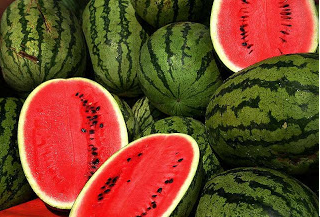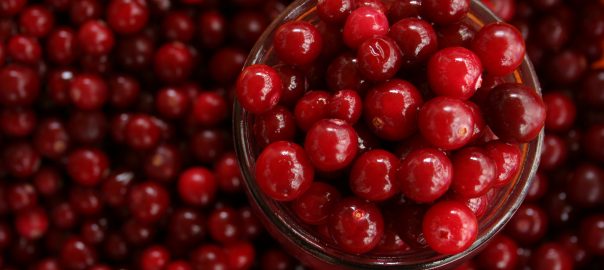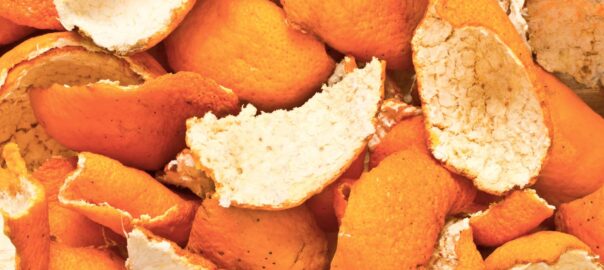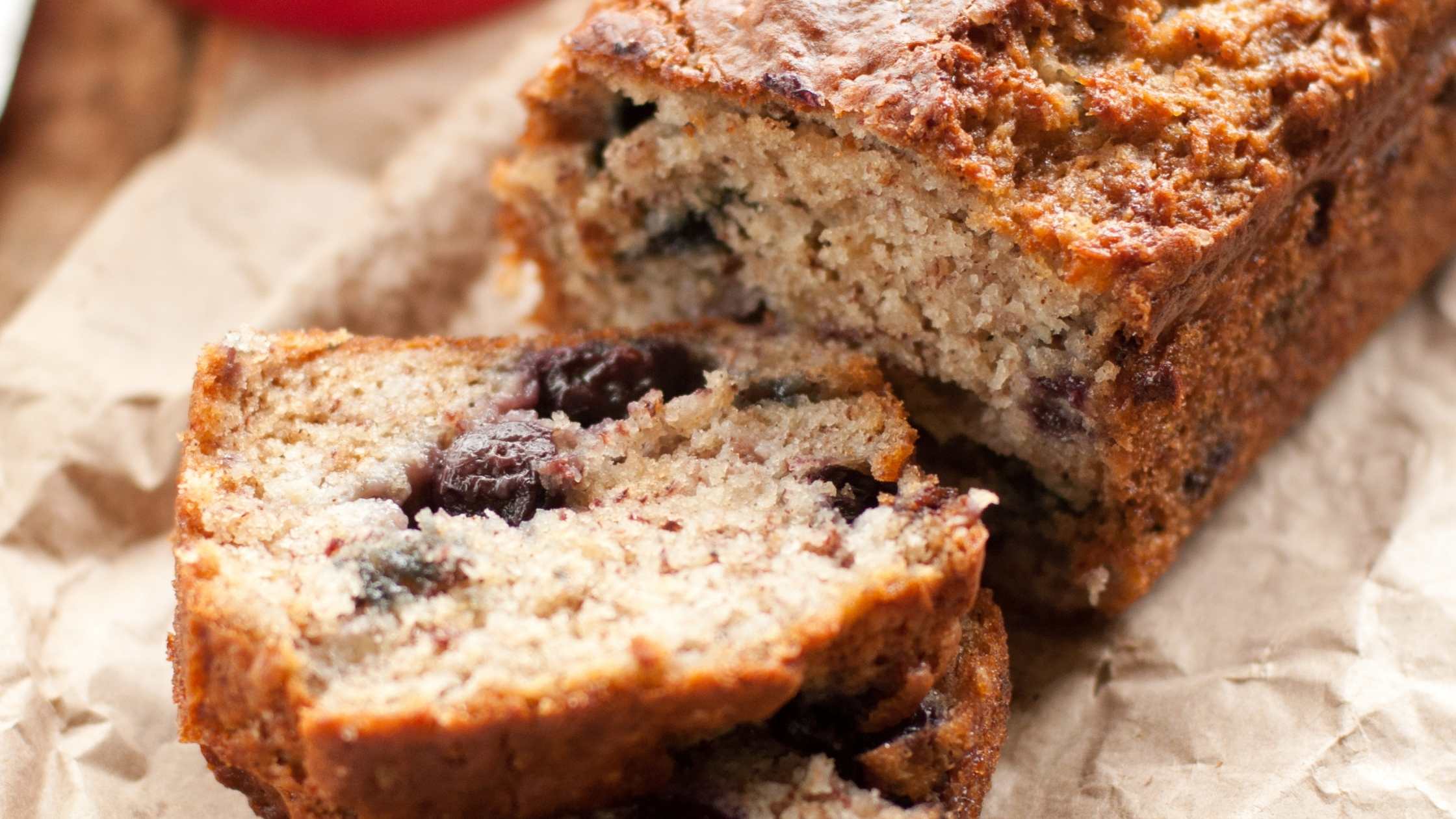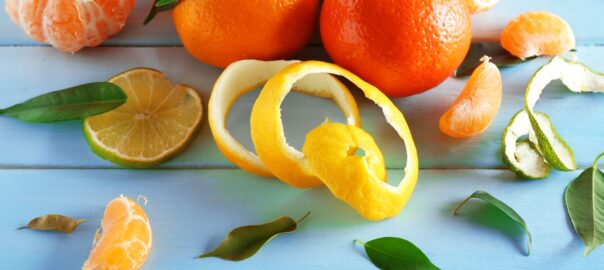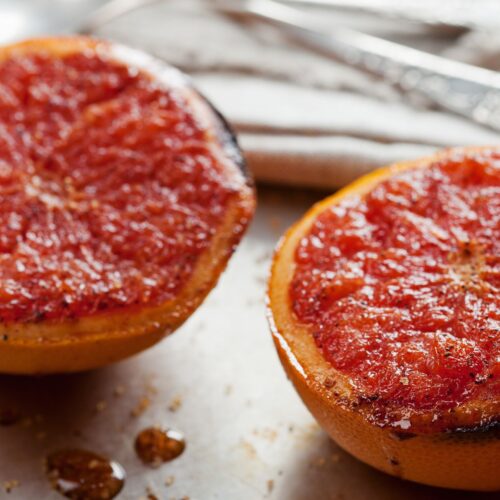Agua fresca is Spanish for fresh waters. It's a refreshing non-alcoholic summer-y drink with origins in Mexico where it is sold by street vendors. In South and Central American stores or restaurants you can sometimes you can find it in large containers where it is ladled out by the glassful. Agua fresca is a great drink for warm weather. It's a hydrating and satisfying thirst quencher that is much better than soda or over-sugared bottled drinks and fountain drinks.
Agua fresca is usually made with fruit, lime juice, and water. Watermelon, cantaloupe, strawberry, and pineapple are popular flavors. When you make them at home the ingredients can be adjusted for personal taste. Often there's no need to add sugar, because the fruits are sweet enough on their own. Because you don't strain the agua fresca after blending it (unless it's too thick in which case you can lightly strain to remove larger pieces) you're also getting some of the healthy fiber.
What fruits to use
Just about any fruit or fruit combination is fair game when it comes to agua fresca. Of course you'll need water and lime juice. Substitute lemon if you're out of limes, but trust me it's somehow better with lime juice. Mangos, peaches, pineapple, there's really no limit to the tasty and refreshing combinations you can make.
One of my personal choices for a great agua fresca is watermelon which is abundantly available in the summertime. Juicy and delicious, watermelon is in vitamin C and lycopene, as well as being rich in the electrolytes potassium and sodium. This makes it a fabulous choice for summer time when we tend to lose a lot of electrolytes through perspiration.
Luciano Pavarotti once said, “Watermelon, it's a great fruit. You eat, you drink, you wash your face.” If you're eating it that's certainly true. With an agua fresca you can still enjoy the wonderful flavor and not have to worry about the wash your face part. Here's my favorite recipe:
- 2 C. strawberries, dehulled
- 3 C. watermelon, removed from the rind and pitted
- juice of 1/2 a lime
- 1/3-1/2 C. of ice cold water
- mint leaves for garnish
- Place berries, watermelon and lime juice in a blender
- Blend until well mixed
- Add water until you reach a consistency that you prefer
- Garnish and enjoy!

